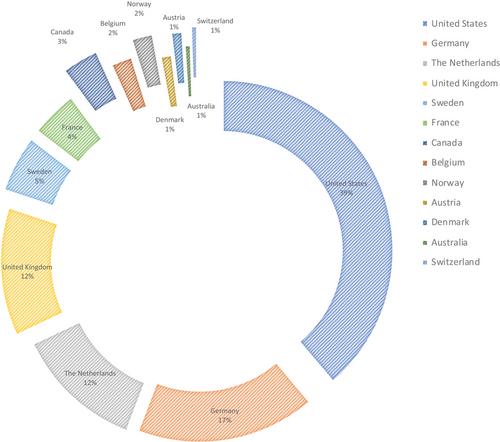Understanding (non)involvement in terrorist violence: What sets extremists who use terrorist violence apart from those who do not?
Abstract
Research summary
We compare European and North American radicalization trajectories that led to involvement in terrorist violence (n = 103) with those for which this outcome did not occur (n = 103). Regression analyses illustrate how involvement in terrorist violence is determined not only by the presence of risk, but also the absence of protective factors. Bivariate analyses highlight the importance of considering the temporality of these factors; i.e., whether they are present before or after radicalization onset. The most salient risk factors identified were alignment with a group or movement with an exclusively violent strategic logic, and access to weapons. In terms of protective factors, parenting children during radicalization, self-control, and participation in extremist groups with a strategic logic that was not exclusively focused on violent means were all associated with noninvolvement in terrorist violence.
Policy implications
Different patterns of risk and protective factors influence whether radicalization will, or will not, lead to involvement in terrorist violence. One-size-fits-all radicalization-prevention efforts may therefore be less effective than programs tailored to address a particular outcome. Even when terrorist violence is prevented, the targeted individual is likely to remain radicalized. Preventative efforts must carefully assess whether the measures used to avert terrorist violence in the short-term risk contributing to a longer term societal threat. The efficacy of preventative efforts depends in part on when they are deployed, that is, before or after radicalization onset.


 求助内容:
求助内容: 应助结果提醒方式:
应助结果提醒方式:


